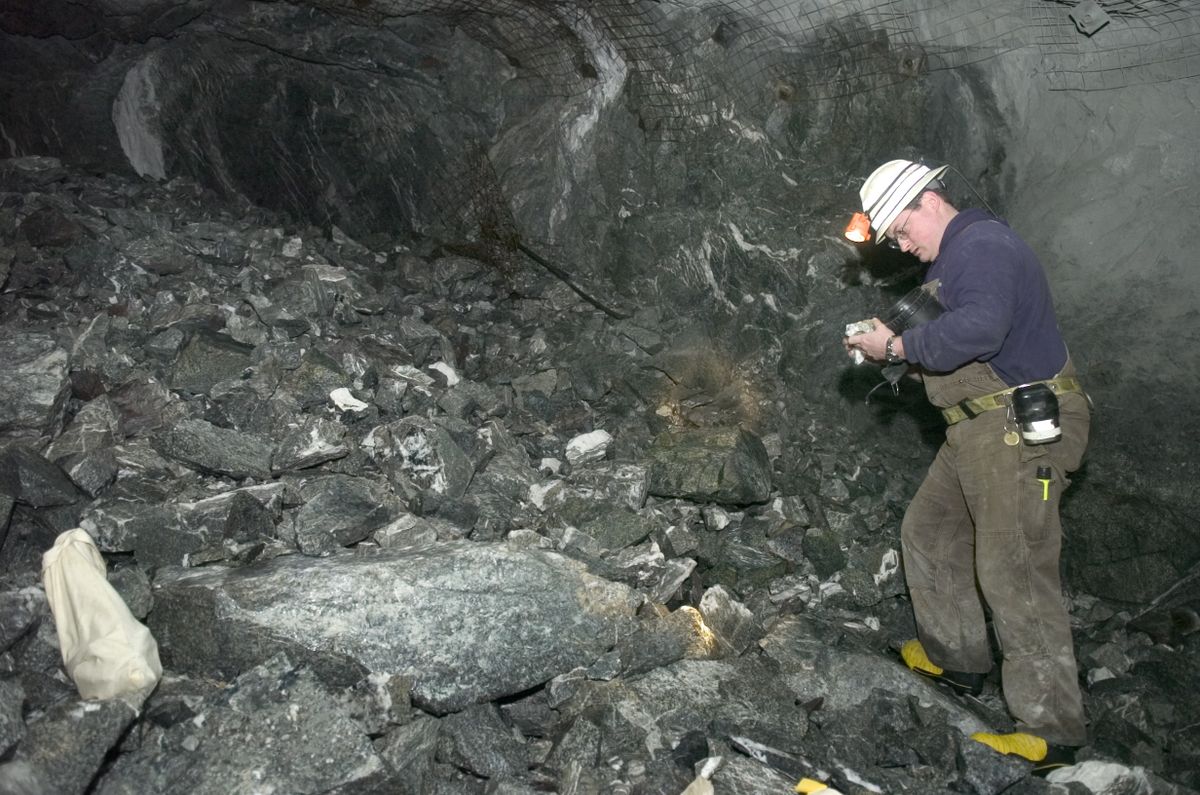Mine can put waste into lake
High court backs CdA-based company

WASHINGTON – The Supreme Court on Monday upheld a federal permit to dump waste from an Alaskan gold mine into a nearby lake, even though all its fish would be killed. Environmentalists feared the ruling could weaken protection of other lakes, streams and waterways from mining waste.
By a 6-3 vote, the justices said a federal appeals court wrongly blocked on environmental grounds the Army Corps of Engineers waste disposal permit for the Kensington gold mine 45 miles north of Juneau. The mine, which had been closed since 1928, is owned by the Coeur d’Alene Mines Corp. It has been awaiting a resumption of operation, pending approval of the waste disposal issue.
The court ruling clears the way for as much as 4.5 million tons of mine tailings – waste left after metals are extracted from the ore – to be dumped into Lower Slate Lake in the Tongass National Forest, about 3 miles from the mine, instead of being disposed of in a special tailings pond.
The court, in its majority opinion written by Justice Anthony Kennedy, said the Army corps was correct in agreeing with the mining company that the waste should be considered “fill material” and not subject to more stringent Environmental Protection Agency standards under the federal Clean Water Act.
The Army corps issued the permit in 2005, three years after the Bush administration broadened the definition of fill material so that waste, including some contaminated materials, can be dumped into waterways.
In a dissenting opinion, Justice Ruth Bader Ginsburg said it is “neither necessary or proper” to interpret the waterway protection law “as allowing mines to bypass EPA’s zero-discharge standard by classifying slurry as fill material.” She argued the lower court had been correct in concluding that the use of waters as “settling ponds for harmful mining waste” was contrary to the federal Clean Water Act.
Environmentalists, who had sued to halt the mining company’s waste disposal plan, said dumping 200,000 gallons a day of mining waste water – containing aluminum, copper, lead, mercury and other metals – has dire implications not only for the Alaska lake, but possibly other lakes and waterways.
“If a mining company can turn Lower Slate Lake in Alaska into a lifeless waste dump, other polluters with solids in their water can potentially do the same to any water body in America,” said Trip Van Noppen, president of EarthJustice.